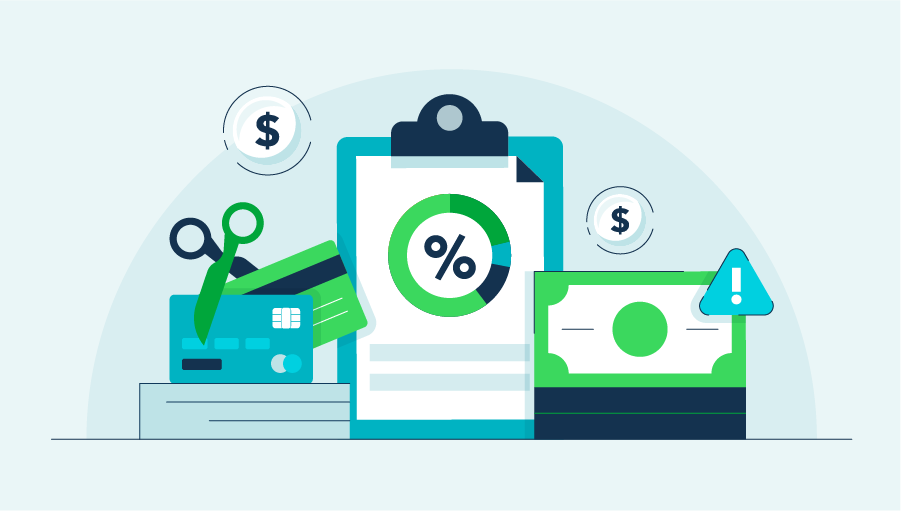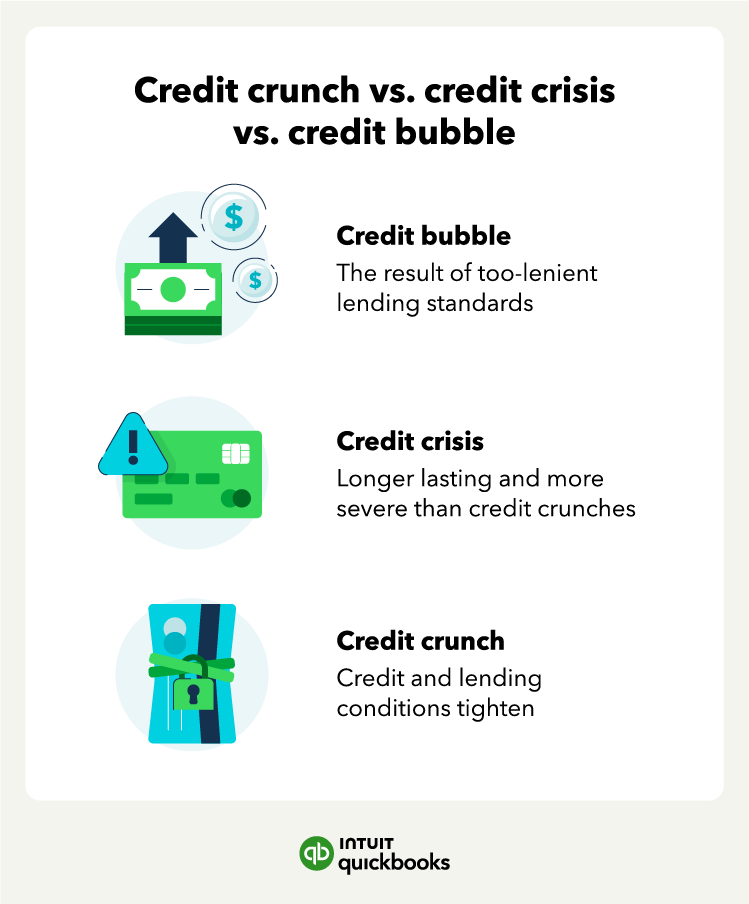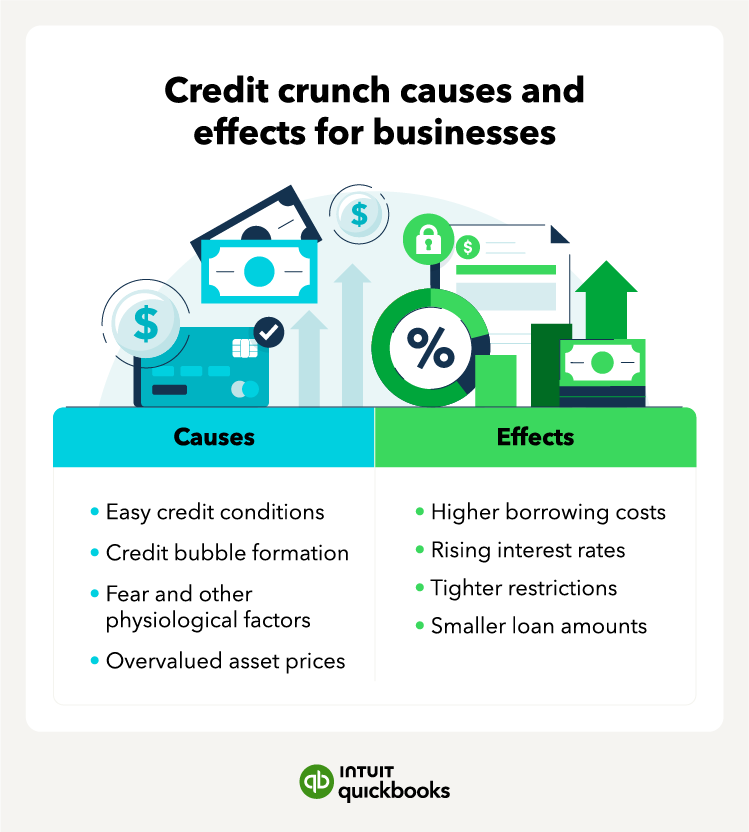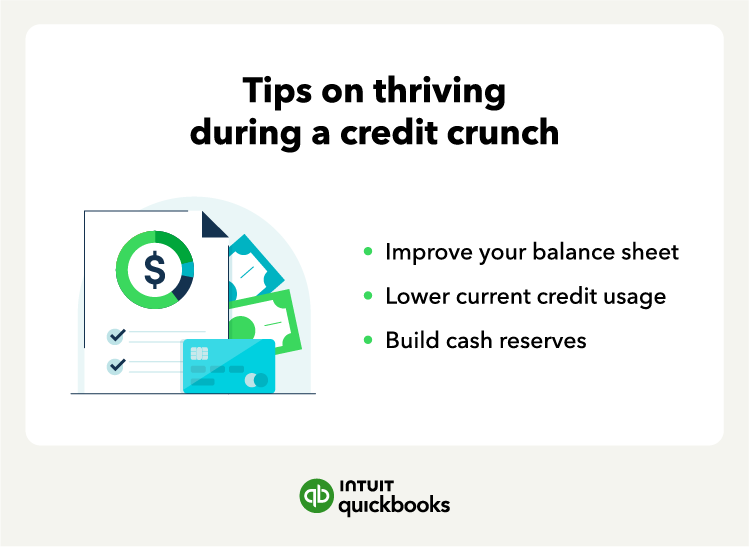Businesses can still work to weather times when credit is scarce even if a credit crunch isn’t on the horizon. The key actions below can help minimize the adverse effects of any challenging economic period.
Strengthen your balance sheet
One of the key strategies to prepare for and weather a credit crunch is strengthening your balance sheet. This includes building up your cash reserves and reducing your debt.
Assess your current debt load and pay down any high-interest debt you have. This includes all your debts, including credit cards, loans, and lines of credit.
Lower your credit usage
Another way to get ahead of credit crunches involves lowering your credit usage. This means minimizing debt usage. Ways to lower your credit usage include:
- Building a budget: This will allow you to track your spending, which is key to reducing credit usage. You can then prioritize your necessary expenses over more discretionary ones. Make sure you’re paying down excess debt and credit cards.
- Consolidate debt: Try to renegotiate the terms of outstanding credit lines and loans. Negotiating with your creditors can lower your payments or interest rates. Or consider consolidating your debt into a lower-interest loan.
Build cash reserves
During a credit crunch, having cash on hand can be critical. If you have investments or excess cash in your business checking account, consider putting some funds in a savings account to build up a cash reserve. This can help you avoid additional debt or dipping into credit lines during tough times.
Cash reserves are the equivalent of personal emergency funds. A business emergency fund should cover three to six months of expenses. This will allow you to manage any credit crunches or declines in business.














